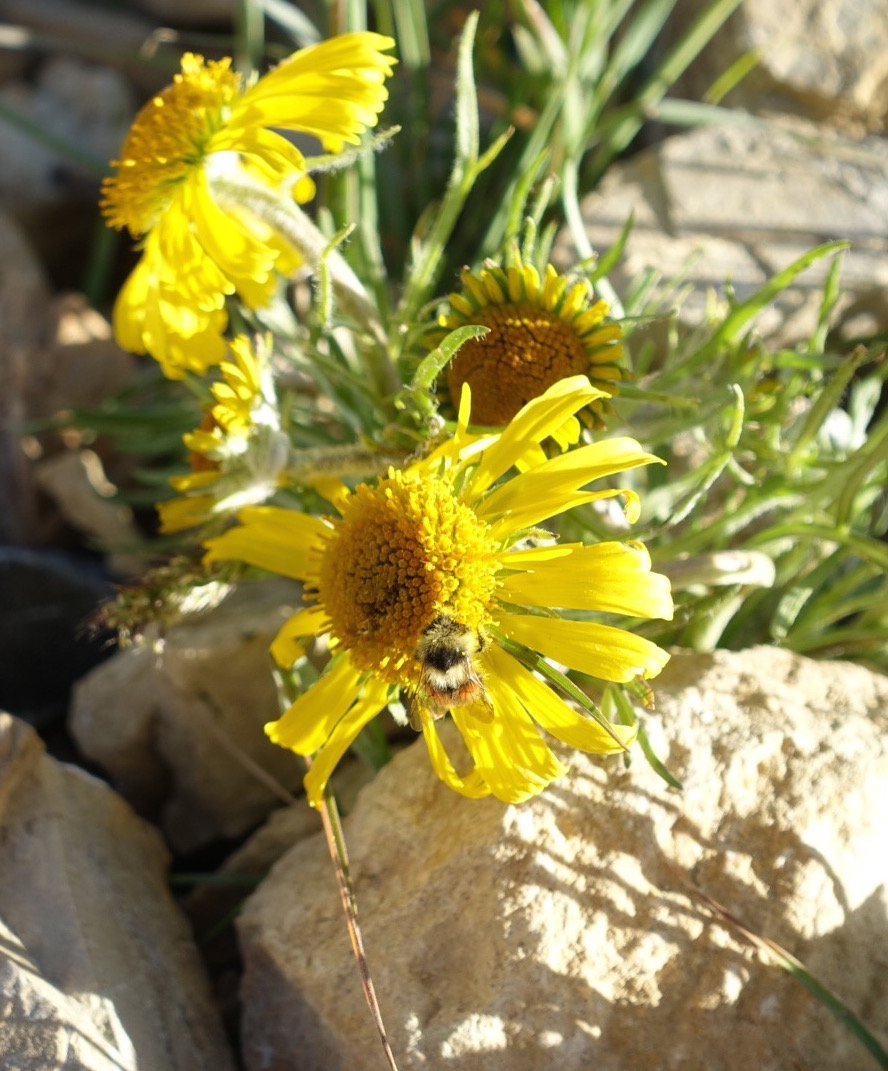Delving deeper: Questioning the decline of long-tongued bumble bees, long-tubed flowers and their mutualisms with climate change
DOI:
https://doi.org/10.26786/1920-7603(2016)15Abstract
Miller-Struttmann et al. (2015) suggest that, in a North American alpine ecosystem, reduced flower abundance due to climate change has driven the evolution of shorter tongues in two bumble bee species. We accept the evidence that tongue length has decreased, but are unconvinced by the adaptive explanation offered. It posits foraging responses and competitive relationships not seen in other studies and interprets phenotypic change as evidence of evolutionary adaptation. By oversimplifying a complex phenomenon, it may exaggerate the potential for bees to quickly adapt to environmental changes.
Downloads
Published
How to Cite
Issue
Section
License
Copyright (c) 2016 Charlotte W de Keyzer, Sheila R Colla, Clement F Kent, Nicole E Rafferty, Leif L Richardson, James D Thomson

This work is licensed under a Creative Commons Attribution 4.0 International License.
JPE is an open access journal which means that all content is freely available without charge to the user or his/her institution.
Authors who publish with this journal agree to the following terms:
1) Authors retain copyright and grant the journal right of first publication with the work simultaneously licensed under a Creative Commons Attribution License that allows others to share the work with an acknowledgement of the work's authorship and initial publication in this journal.
2) Authors are able to enter into separate, additional contractual arrangements for the non-exclusive distribution of the journal's published version of the work (e.g., post it to an institutional repository or publish it in a book), with an acknowledgement of its initial publication in this journal.
3) Authors are permitted and encouraged to post their work online (e.g., in institutional repositories or on their website) prior to and during the submission process, as it can lead to productive exchanges, as well as earlier and greater citation of published work (See The Effect of Open Access).
To assure a broader targeted audience, content will be included into databases (such as EBSCO) and directories (such as DOAJ).











